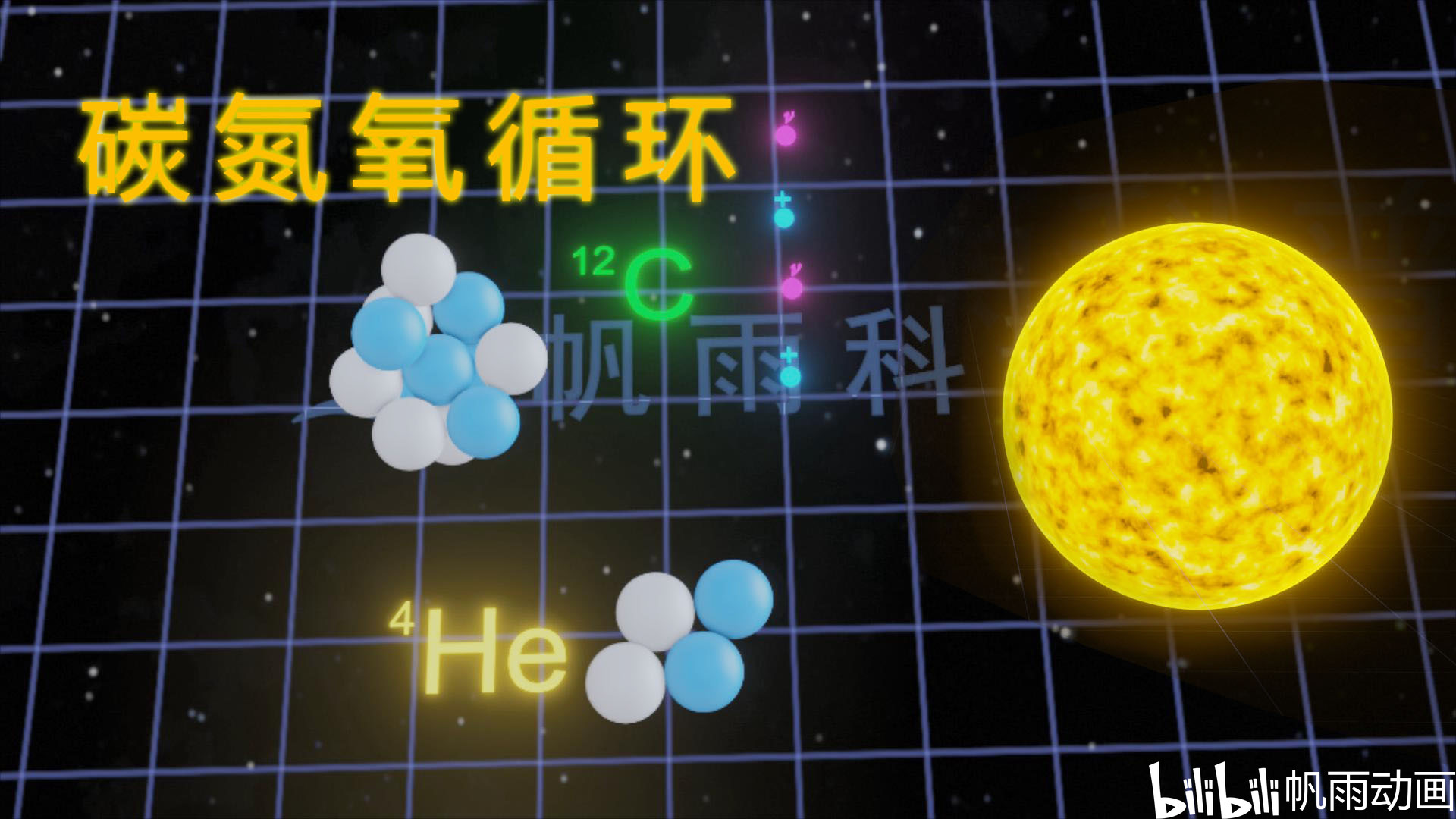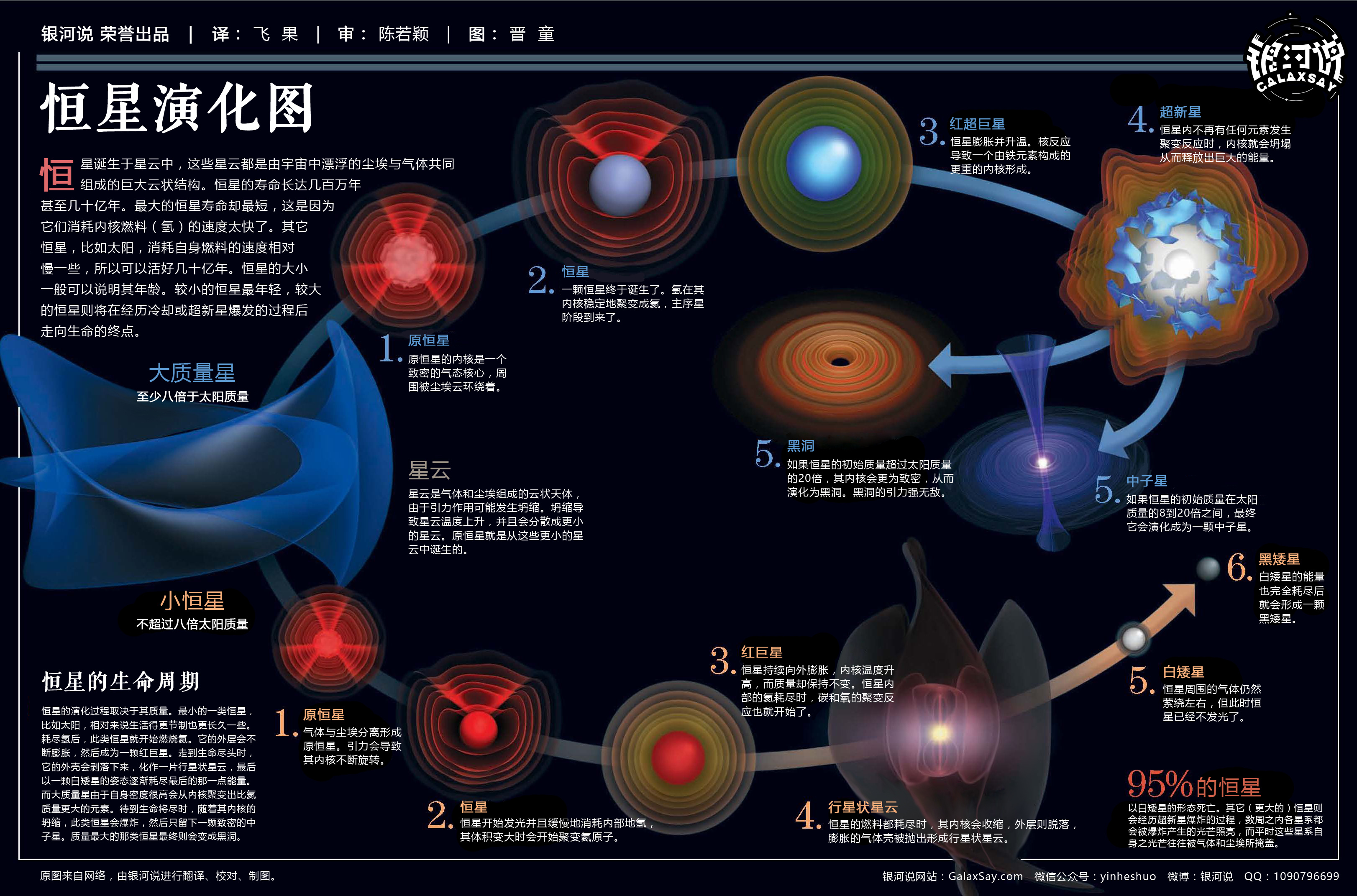In stars with a mass of less than about 1.5 solar masses, the core becomes degenerate before reaching the Schönberg–Chandrasekhar limit (the maximum stable mass of an isothermal core that can support the pressure of an overlying envelope), while stars with a mass greater than about 6 solar masses never have isothermal cores and leave the main sequence with a core mass already over the limit.
The preplanetary nebula phase is a short period in the cycle of stellar evolution — over a few thousand years, the hot remains of the star in the centre of the nebula heat it up, excite the gas, and make it glow as a planetary nebula. The structure of a star on the horizontal branch
Asymptotic-giant branch (AGB)
Once the red giant has exhausted the helium at its core, it continues to fuse hydrogen and helium in shells around the core and moves to the asymptotic-giant branch (AGB). A comparison of the infrared and X-ray images of Cas A should enable astronomers to determine whether most of the dust in the supernova remnant came from the massive star before it exploded, or from the rapidly expanding supernova ejecta. The energy generated in the core is carried to the surface by either convection or radiation, and it is radiated away from the star’s outer shell (photosphere) in the form of heat and light.



